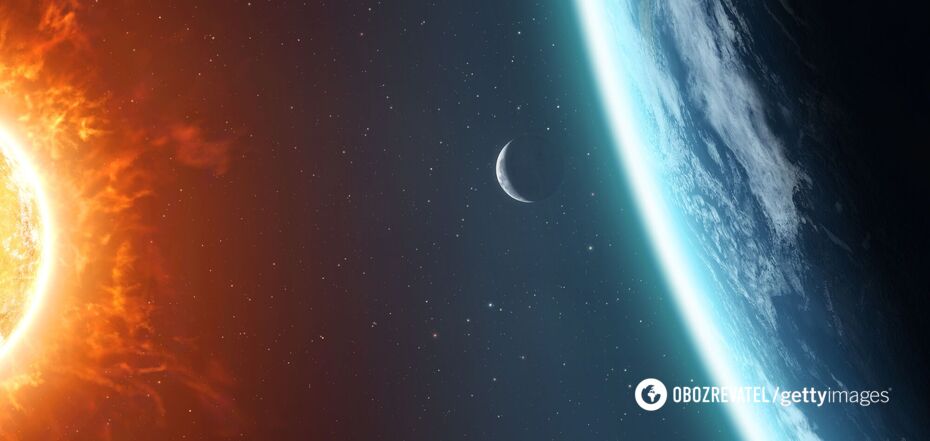News
The ozone hole may not be recovering and may even be getting bigger: what scientists have learned
This is stated in a study published in the journal Nature Communications. A study by New Zealand scientists found that the Antarctic ozone layer has decreased by 26% since 2004.
According to Cosmos, this completely contradicts previous reports of its recovery due to measures taken under the Montreal Protocol. This protocol, signed in 1987, banned the use of chlorofluorocarbons to close the hole and is considered a success story of international environmental cooperation.
The authors of the paper suggest that forest fires and volcanic aerosols, along with greenhouse gas emissions, are responsible for the failure. According to their data, since 2020, record-breaking large ozone holes with a long lifespan have been reappearing over Antarctica in the spring.
Previously, it was believed that the ozone hole had been eliminated thanks to a global agreement that limited the use of ozone-depleting substances. And preliminary data even confirmed a positive trend. It has also been argued that the ozone layer over the Antarctic should be restored to 1980 levels by about 2066. Smaller ozone holes were supposed to linger over the next two decades.
But a new study has found that since the early 2000s, there has been little long-term change in the overall ozone layer, "even where significant recovery was previously reported."
An analysis of daily and monthly changes in the ozone layer between 2001 and 2022 indicates a delay in the formation of the ozone hole. Scientists have found that while there are signs of ozone recovery in early spring, there is a decline in late September.
The author of the study, Hannah Kessenich from the University of Otago (New Zealand), said that the analysis of 19 years of data showed that "there is much less ozone in the center of the Antarctic ozone hole than 19 years ago."
"This means that the hole not only remained large in area, but also became deeper (i.e. contains less ozone) during most of the Antarctic spring," the scientist said.
Study co-author Annika Seppala of the University of Otago noted that something related to climate change may be happening in the Earth's atmosphere right now "and it's masking some of the recovery."
The ozone layer, 11 to 40 kilometers above the Earth's surface, filters out most of the Sun's ultraviolet radiation, which can cause skin cancer and cataracts.
Earlier, OBOZ.UA reported that scientists have discovered a cosmic phenomenon that can completely destroy life on Earth.
Subscribe to OBOZ.UA channels in Telegram and Viber to keep up with the latest events.



























